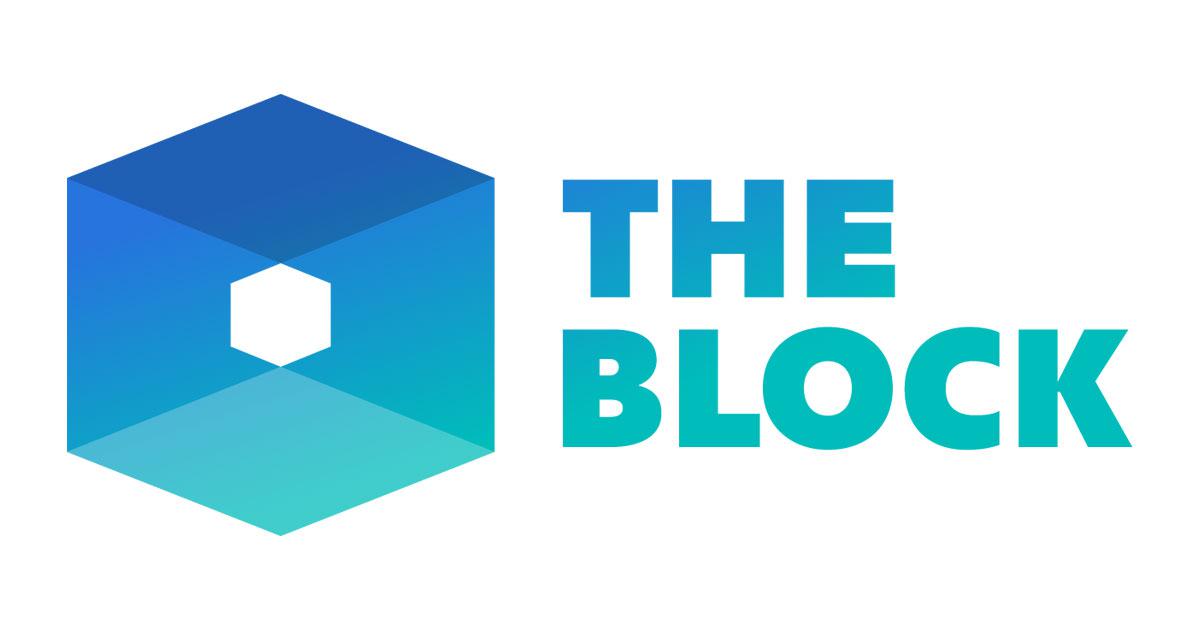
Negotiations to Raise the Debt Ceiling Are Difficult
Negotiations between President Biden and House Speaker McCarthy over raising the debt ceiling have stalled as U.S. Treasury Secretary Yellen warned that the government’s cash reserves could be depleted on June 1.
Under these circumstances, yields on U.S. Treasury bills surged, and on the 24th Fitch Ratings downgraded the outlook for long-term foreign currency-denominated U.S. Treasuries from “stable” to “negative.” suggested.
JP Morgan listed the following three possible scenarios regarding the US debt ceiling and presented investment strategies for each case.
- Scenario 1: The debt ceiling is raised or temporarily suspended prior to X-Day
- Scenario 2: Day X arrives, government continues to prioritize debt payments = technical default
- Scenario 3: On Day X, the government does not pay its debts to its creditors. = actual default
JPMorgan notes that while political tactics around raising the ceiling are not uncommon, it will ultimately be politically motivated if governments fail to meet their debt obligations because of the devastating impact on markets and the economy. He argues that a compromise should be found.
Although the U.S. government debt ceiling dates back to 1917, Congress has raised the ceiling more than 100 times since 1960. Negotiations between the government and Congress over raising the ceiling have often been difficult, reaching the brink of default within 72 hours in 2011.
Most likely scenario
JPMorgan sees Scenario 1 above as the most likely, given that historically, debt hike negotiations have eventually been reached. So do the general expectations of market players.
On the investment front, he said, investors are already avoiding government bonds that mature after X-Day. For example, the US company Circle, which issues the US dollar-linked stablecoin USDC, prepares for the risk of the US government defaulting by storing all US Treasuries maturing after early June in USDC reserves in cash and overnight. It became clear that it was converted to Gensaki trading.
connection:Cryptocurrency exchange FTX allows tokenized stocks such as Apple and Tesla to be traded for less than one share
JP Morgan predicted that if the debt ceiling was raised before the deadline, it would follow the trend of higher volatility but short-lived. On the other hand, he suggests avoiding investments in government bonds that mature around the X-day.
Scenario 2 that can occur with a small probability
JPMorgan said a technical default scenario has never happened before, but it could happen with a small chance.
In that case, he predicts that the action that the government can take will be to prioritize debt payments to creditors, even if it means sacrificing discretionary expenditures such as education and transportation. But deciding what to prioritize is highly political and difficult, with a direct hit to economic activity and financial market sentiment, he said.
JPMorgan also mentioned other possible solutions the government could take if Day X were to come without a deal to raise the debt ceiling. One of them, he said, is for the Biden administration to invoke the 14th Amendment to the Constitution.
The 14th Amendment contains a provision that “the validity of the public debt of the United States shall not be questioned,” so the Treasury Department is “ignoring the debt ceiling and continuing to pay the government debt.” It is possible.
Another “fantastic” remedy would be for the government to mint large amounts of coins and deposit them in the Federal Reserve (Fed), using the money to pay off debt without raising the cap.
In either case, “it will be fought in court,” JP Morgan said. We see this as leading to a decline in government confidence, which will have a major impact on economic growth and markets.
As an investment strategy in this scenario, the bank recommends avoiding “money market funds that only buy government bonds.”
Do defaults actually happen?
JPMorgan expects the probability of a third scenario, “default,” to be close to 0%. A default would have a huge impact on all financial assets, so Congress would act to resume debt payments and raise the debt ceiling, he said.
A default would erode the government’s credibility and spell disaster for the economy and markets. In this scenario, risky assets will be hit hardest, so investment strategies are “key to hedging,” he said. Gold, highly protected structured bonds and safe haven currencies such as the Swiss franc, Japanese yen and euro may offer some protection to portfolios, he said.
connection:Bitcoin falls to the $25,000 level, while the financial market is becoming more cautious
Article provided by: THE BLOCK

To be the “first and last word” in Crypto.
The Block delivers the highest quality, most important signals in Crypto. Every day, we reach the most influential people in our industry through our website, newsletter, podcasts and events.
The post “Day X” approaching U.S. debt ceiling problem, possible scenarios and their impact appeared first on Our Bitcoin News.

 2 years ago
91
2 years ago
91














 English (US) ·
English (US) ·